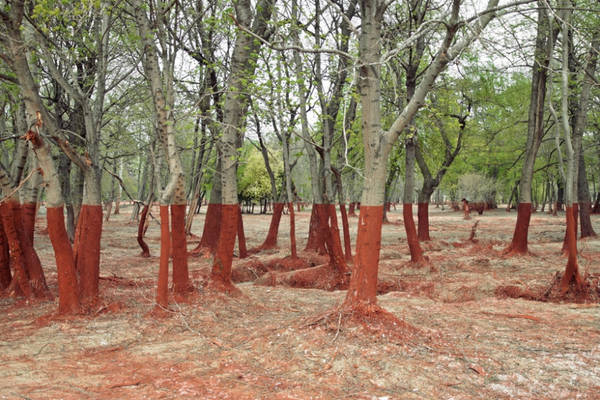Chris, a chemistry teacher from Ottawa, CA and our shadow in Houston, spoke about aluminum purification when we talked about the labs from the National Association of Corrosion Engineers. One of the labs sees the students placing aluminum strips - from a pop can - into various solutions: cola, water, vinegar, HCl, NaOH, CuSO4. It's the more concentrated (2M) acid (HCl) andbase (NaOH) that are relevant to the video posted below.
According to Chris - and backed up by a Wikipedia article on bauxite processing - the bauxite is heated with sodium hydroxide solution. This dissolves the aluminum (since it's amphoteric, meaning it will dissolve in both acids and bases) but not the iron compounds present. The iron doesn't dissolve and creates what is industrially known as red mud. This red mud is highly basic (pH between 10 and 14 - 13 in the incident mentioned below) and all but impossible to dispose of. So the red mud - or red sludge, more prosaically - is kept in huge holding ponds...just waiting...for...um...yeah...
In 2010 a holding pond of 35.3 million cubic feet (1 billion liters, 8.4 million barrels, 264 million gallons) of the red sludge broke free from a holding pond in Hungary and covered 16 square miles, initially as a six-foot high wave of the sludge. The flooding was worst along and into the Marcal River and eventually into the Danube.
Here are three more articles related to the accident in Hungary...
...and some pictures...


